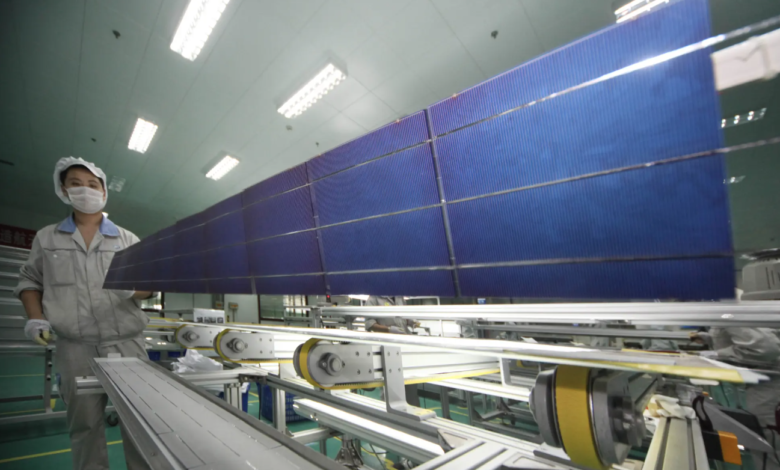A pinch of zinc for large organic solar cells
New advances for the industrial production of organic solar cells
(Sustainabilityenvironment.com) – Large organic solar cells that offer low cost but high performance. This is the goal that for years has been chasing a good part of worldwide photovoltaic research. These devices offer, in fact, a long series of attractive features for the market such as lightness, flexibility and ease of integration. In addition it obviously not depend on the supply chains to which linked the most classic photovoltaic silicon.
One of the biggest problems in this field remains scalability. Or rather the difficulty in maintaining the efficiencies achieved in the laboratory on small photoactive surfaces even in large products required by the market. New research from South Korea is now making its contribution to the challenge. Dr Hongkyu Kang and Professor Kwanghee Lee of the Korean Institute of Science and Technology Gwangju (GIST) have recently presented a new method to create large-scale organic solar cells with high yield. To understand innovation, however, we need to take a few steps backwards.
Read also Bacterial biobattery produces electricity for weeks
Currently most organic photovoltaic cells are produced through the spin coating. The technique allows a thin and uniform film to be applied to a flat solid substrate, achieving high conversion efficiencies. But the procedure only adapts to small surfaces. In addition, these devices are equipped with flexible electrodes based on indium-tin-oxide (ITO), a material that makes them expensive and too fragile for the realization of large modules.
The recipe for large organic solar cells
Korean scientists replaced the ITO with zinc oxide (ZnO), a compound widely used in the preparation of ointments, cosmetics and sunscreens. In detail, the team used as a substrate an ultra-thin silver film on which it deposited a double layer of highly uniform zinc oxide. The process required the union of two techniques: sputtering (vaporization or spraying) of the material and blade coating with nanoparticles of the same.
As Kang explains, the resulting electrode has the flexibility, wettability, and surface energy of the ITO, without being brittle or expensive. “This simplifies the use of ZnO for the production of organic solar cells and the development of large-scale solar printing technology”.
The result? The new process allowed to reach an efficiency of 7.67% for an area of the module of 528 square centimeters. “Our method opens the door to the commercial use of these large organic solar cells, such as their integration into walls and windows to build self-sufficient buildings,” says Prof. Lee. The research was published in Advanced Energy Materials.






